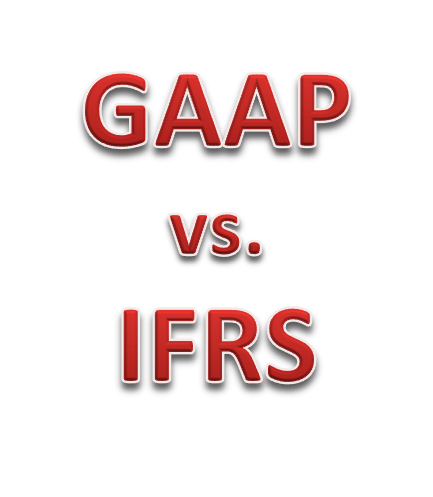What is FASB? How Are They Looking To Change GAAP
Nov 07, 2013
Since 1973, the Financial Accounting Standards Board (FASB) has been the designated private sector for establishing standards of financial accounting that govern the preparation of financial reports for nongovernmental entities. The purpose of the FASB is to improve standards of financial accounting and reporting for nongovernmental entities. The standards are officially recognized by the Securities and Exchange Commission (SEC) and the American Institute of Certified Public Accountants (AICPA) as authoritative. The FASB is part of a structure that is independent of all other business and professional organizations.
 In 2002, the FASB and International Accounting Standards Board (IASB) collaborated through joint projects to develop common standards known as generally accepted accounting principles (GAAP). These standards refer to the standard framework of guidelines for financial accounting used in any given jurisdiction; generally known as accounting standards or standard accounting practice. These include the standards, conventions, and rules that accountants follow in recording and summarizing and in the preparation of financial statements. The FASB has issued those standards as U.S. GAAPand the Internal Accounting Standards Board has issued them as International Financial Reporting Standards known as IFRS, or International Financial Reporting Standards. Over time, the two sets of standards are anticipated to both improve in quality and become ever more similar, if not identical.
In 2002, the FASB and International Accounting Standards Board (IASB) collaborated through joint projects to develop common standards known as generally accepted accounting principles (GAAP). These standards refer to the standard framework of guidelines for financial accounting used in any given jurisdiction; generally known as accounting standards or standard accounting practice. These include the standards, conventions, and rules that accountants follow in recording and summarizing and in the preparation of financial statements. The FASB has issued those standards as U.S. GAAPand the Internal Accounting Standards Board has issued them as International Financial Reporting Standards known as IFRS, or International Financial Reporting Standards. Over time, the two sets of standards are anticipated to both improve in quality and become ever more similar, if not identical.
The major difference between the two is their conceptual approach: U.S. GAAP is rule-based, whereas IFRS is principle-based. Under U.S. GAAP, the research is more focused on the perception of documentation whereas under IFRS, the review of the facts pattern is more thorough.
The goal of convergence between U.S. GAAP and IFRS is to develop a unified set of international accounting standards that would be used worldwide for financial reporting. Through convergence FASB is keeping up with the demand of financial users and U.S. investors. There are four joint projects remaining which are revenue recognition, financial instruments including hedging, impairment, classification and measurement, leases, and insurance contracts.
During the past ten years changes have been made to U.S. GAAP with a reconciliation approach for each transition. FASB and IASB identifies a difference and only works on that. The project has been in motion over the years by illuminating or minimizing the differences between the two set of standards piece by piece. As business owners, controllers, or financial experts, these changes may or may not be noticed. For the sake of the users, international convergence will continue to progress over the course of time.
By: Aubrey Forche, Staff Accountant
Categories: Uncategorized
